NAMDAPHA NATIONAL PARK
Published by Editor on
Namdapha National Park - Arunachal Pradesh
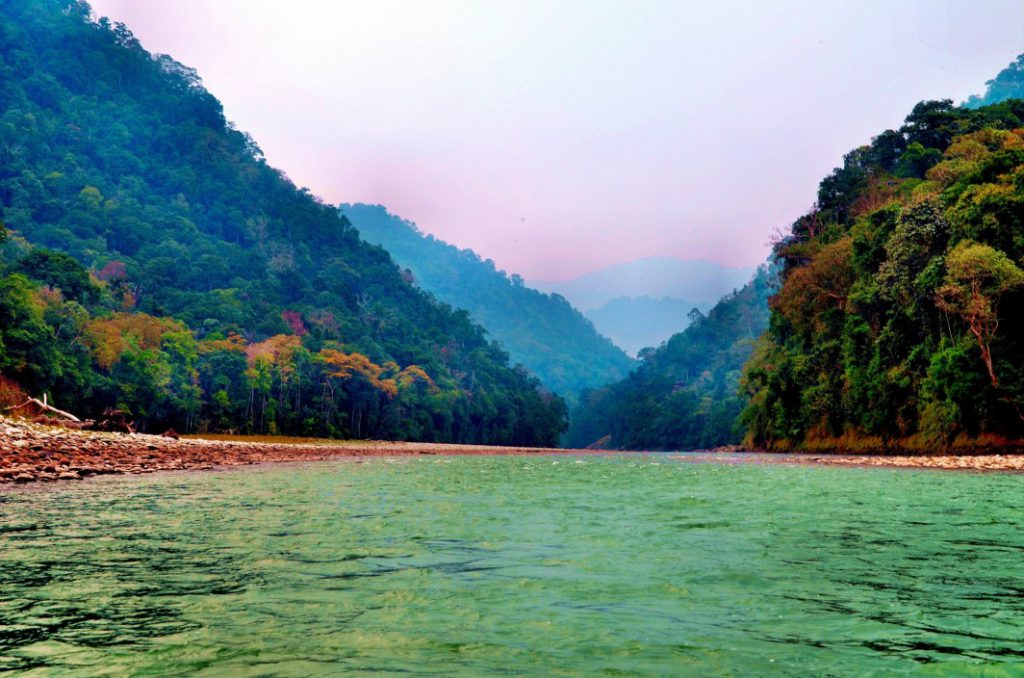
If you ever wondered about a place that was still left to explore, try Namdapha National Park the evergreen rainforest. It has the sort of untouched wilderness where you can be the first to make a natural discovery. Tucked away in remote eastern Arunachal Pradesh, Namdapha is perhaps the most bio-diverse part of the sub-continent. The region’s altitude varies from 200-4,578m. Its geographical boundaries with Myanmar and snow-fed rivers have kept the area well-protected and largely unexplored. Spread over 1,985 sq km, Namdapha is also a Project Tiger reserve and one of the few national parks in India, where you explore only on foot.
History
The reserve area of Namdapha National Park first came into existence and notice to the international importance during the Second World War due to its rich biodiversity. The latter half of the war was witnessed here with several pilots being crushing at this site as a result of multiple air turbulence over the area. The Assam Rifle conducted its forts scouting in the Vijaynagar area and then in the year 1972, Namdapha was established as a wildlife sanctuary. The renovation work was still carried on to make the routes in a motorable condition. Further, in 1983, the park was declared a Tiger Reserve and National Park. The area of Namdapha also proved to be the refugee camps for many immigrants and till today the Chakma, refugees from
Orientation
The entrance to Namdapha is located close to the town of
Namdapha’s Treasures
Namdapha is the unique blend of Indo-Burmese, Sino- Tibetan and Himalayan species has made Namdapha the most diverse habitat of the sub-continent. Three large mammals have been discovered in recent years, including the Javan rhino, the Malayan sun bear and the leaf deer. Declared a Project Tiger reserve in 1983, this is the only park in the world to harbour all the four big cats — tiger, leopard, clouded leopard and the snow leopard. The area is also home to rare mammals like the takin, Himalayan musk deer, slow loris and the Asian elephant. Namdapha is also home to
Keep in mind, this is one of the country’s largest virgin primary forests, so prepare accordingly and do not just drop in. Some of the first citizens of this lush terrain include tigers, leopards, elephants and wild dogs, so follow the advice of your accompanying forest guard, whose experience and resources in this area are invaluable. A pair of good binoculars is an absolute must for this trek as you would not want to miss out on the chance of viewing the amazing bird and mammal life present here. It’s worth keeping a few extra days in hand for a trek like this, as nature may spring some pleasant surprises.
Things to See and Do in Namdapha
Deban:
Located on the northern banks of the Noa-Dihing river, Deban is an excellent base for exploring Namdapha. The site is a haven for naturalists, offering plenty of birding opportunities. The site also offers amazing trails for trekking.
Treks
Trekking is the only way to thoroughly explore Namdapha and experience nature at its wildest.
The excitement begins early in the morning with the sound of barking deer and hoolock gibbons in the distance. The first part of the trek involves crossing the Noa-Dihing river. When the flow is less, you can simply walk on the stones and cross the river over shaky yet reliable wooden bamboo bridges, but when the water levels are high, you will need a ferry (arranged by the Forest Department) to take you across the roaring rapids. There are two ways to trek in Namdapha, depending on time and availability.
The trail from the river will take you up an incline for about 300m, before you walk a short distance along a ridge to the picturesque Haldibari campsite. Distance between Deban and Haldibari is 4KM, approximately 2 to 3 hours treak.
The next campsite, Hornbill, is only 5km away, but the path that leads to it is nothing short of enchanting, with rays of sunshine beaming through the dense tree canopy. While walking down the rough path strewn with stones – and sometimes fallen trees – visitors can stop over for a break at the temporary bamboo structures made for forest guards, along the way. Namdapha’s tropical forest has five species of leeches. Leeches are very common through out the year.
While it is possible to trek 14km to Bulbulia – the third base camp – and return to the starting point the same day, it can be extremely tiring and is only recommended if you are pressed for time. However, if you can manage a couple of nights in the jungle, you will be able to sight both birds and animals during the early hours as well as during sunset. It is simply stunning if you get to photograph them. Be careful, though.
Best time to visit Namdapha
You may go any time in between October to April, but December – January is the best for exploring the park.
Getting Namdapha
Adjacent to the Myanmar border; 150 km east of Tinsukia, 175 km east of Dibrugarh.
Route from Dibrugarh:
Via Tinsukia, Digboi, Margherita, Ledo and Miao. One can book a cab (Rs.7,500 approximately for one way by a Sumo car/jeep). You may contact with Mr. Manjur Ahamed for cab (+919774391018 / +917005138253).
Nearest Airport: Dibrugarh (175 km/ 7hrs to Deban via Miao).
Nearest Railhead: Tinsukia (150 km/ 6hrs to Deban via Miao).
Accommodation and Food at Namdapha National Park – Deban:
There are few staying options now in Deban. The Forest Department has a Forest Rest House and Tourist Huts. The tourist huts in Deban in a spectacular location, near the river. Facilities are much better in FRH compare to tourist hut. Both FRH and Tourist Huts are in a same compound. Electricity provided through solar power. One can charge his/her battery. Mobile network is not available.
No need to carry food from Miao. Mr. Gopal Chetri is an excellent cook of FRH. You will get all basic foods from breakfast to dinner. For trekking, packed lunch is also available. Prices are reasonable.
For accommodation at Namdapha National Park – Deban FRH, contact:
Field Director,
Project Tiger,
Namdapha Tiger Reserve, Miao,
District: Changlang ,
Arunachal Pradesh,
INDIA
Tel: 03807-222249
e-mail: fdnamdapha@gmail.com
Points to be note
Book your accommodation well in advance. It can be done over the phone, e-mail or at the Namdapha Field Director’s office.
Both Indians and foreigners require entry permits (ILP) to visit Arunachal, which can be obtained from the Secretary, Govt of Arunachal Pradesh, Itanagar, or the Resident Commissioner of Arunachal Pradesh, Arunachal Bhavan, New Delhi / Kolkata. Now you can get it applying online also.
Must purchase a pair of ‘leech guard’, that is a special kind of socks.
Keep adequate amount of salt during trekking.
Must take raincoat and umbrella.
Essential medicines.
….and most importantly a day or two extra in your plan. Any moment you can stick in the forest due to bad weather.
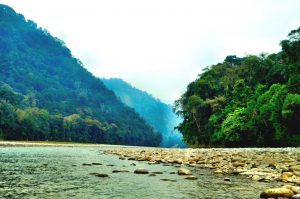
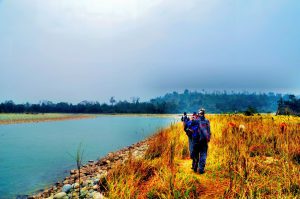
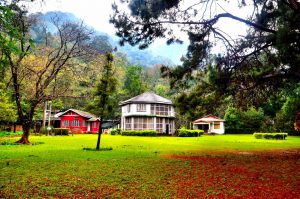
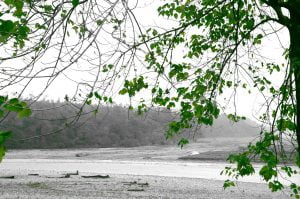
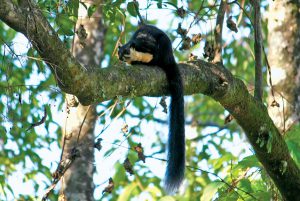
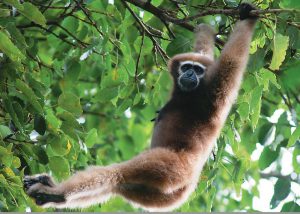

0 Comments